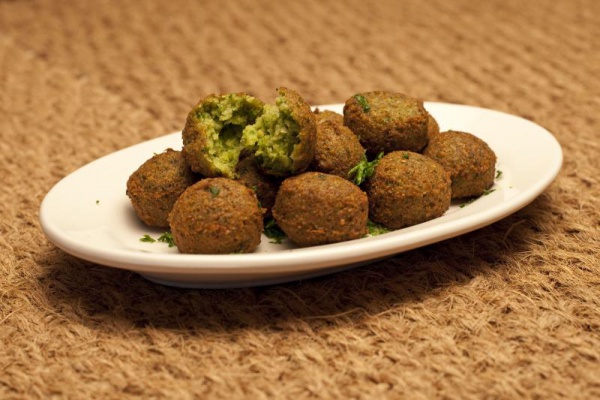Facts About Falafel
Falafel is a cherished Middle Eastern dish made from ground chickpeas, fava beans, or a combination of both. This flavorful mixture is shaped into balls or patties, deep-fried to perfection, and often nestled in a pita or wrapped in flatbread. It is typically accompanied by salads, pickled vegetables, sauces, and tahini. However, falafel can also be enjoyed on its own as a delicious snack or as part of a larger meal. Its widespread appeal has turned it into a global street food sensation and a popular meat alternative.
The word "falafel" originates from Arabic, where it means "pepper." The exact origins of the dish are somewhat unclear, though some theories suggest it began in Egypt as a Lenten food for Copts before spreading throughout the Middle East. Falafel holds cultural significance in many countries, and its origins can sometimes become a topic of heated and political debates.
In the Middle East, falafel is a staple street food, especially during Ramadan. It is considered a national dish in countries such as Egypt, Palestine, and Israel. In North America, falafel has garnered a loyal following among diverse communities and is particularly adored by vegetarians and vegans due to its plant-based protein content.
To make falafel, chickpeas or fava beans are ground with herbs and spices, shaped into balls, and then fried or baked. It is commonly served with bread, fresh vegetables, and tahini. Nutritionally, falafel is a powerhouse, rich in protein, fiber, and a variety of vitamins and minerals, making it a healthy and satisfying meal option.
Falafel's global appeal is evident in world records, such as the largest falafel ball and the biggest serving of falafel, underscoring just how beloved this dish is around the world.

 United Kingdom
United Kingdom